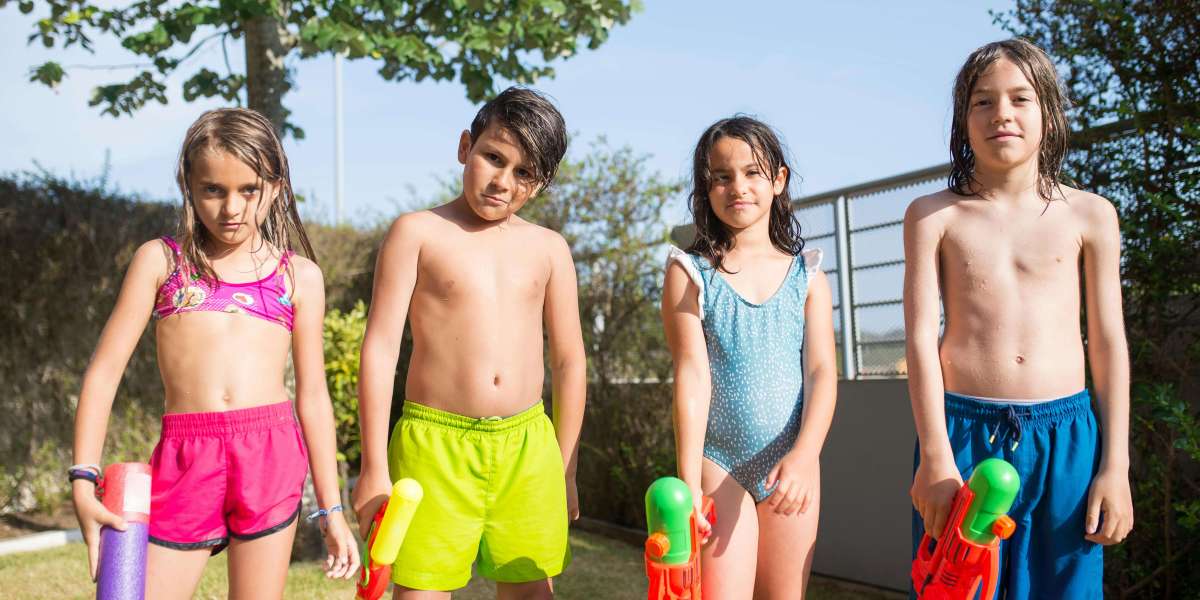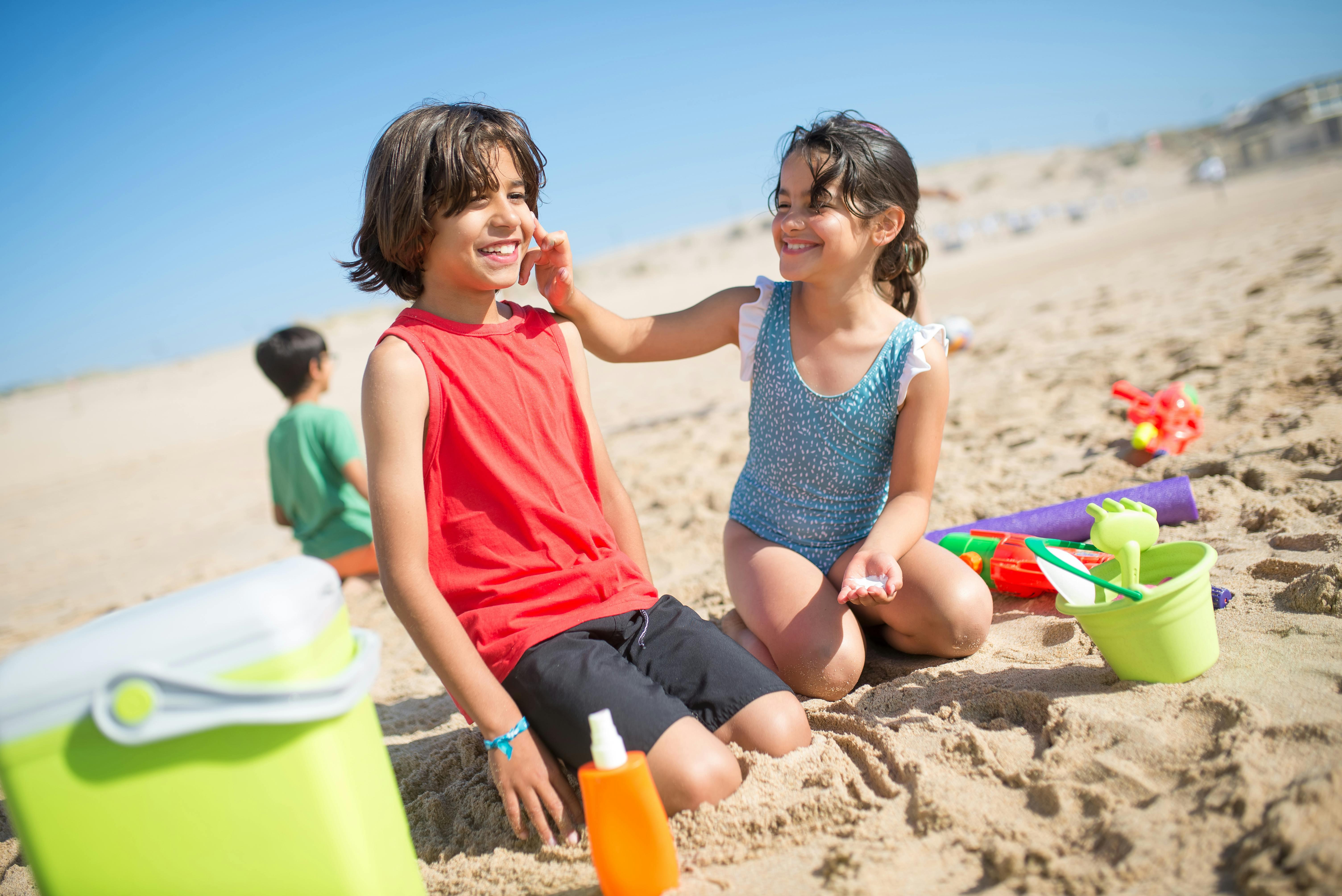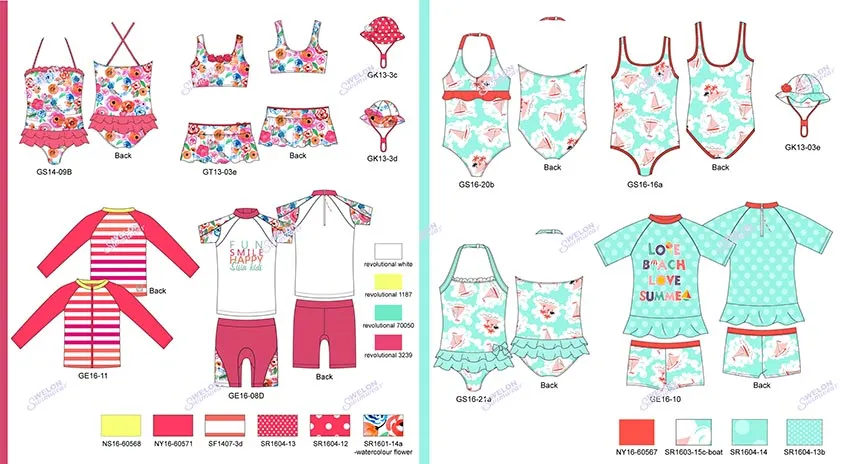When it comes to kids' swimwear, safety and comfort are paramount. As parents, choosing the right swimwear can prevent discomfort and potential hazards, ensuring that your child enjoys their time in the water safely. This guide delves into the essential factors to consider when selecting swimwear for your little ones, covering material selection, fit, design, and additional safety features.
Material Matters
1. Breathable and Quick-Drying Fabrics
When selecting swimwear, opt for breathable and quick-drying fabrics like nylon or polyester blends. These materials not only provide comfort but also reduce the risk of rashes and skin irritation. Avoid heavy fabrics that retain water and become cumbersome.
2. UV Protection
Many modern swimwear options offer built-in UV protection. Look for garments with a UPF (Ultraviolet Protection Factor) rating of 50+ to shield your child’s sensitive skin from harmful UV rays. This feature is particularly important for prolonged outdoor activities.
Perfect Fit
1. Proper Sizing
Ensuring the right fit is crucial. Swimwear that is too tight can restrict movement and cause discomfort, while loose-fitting garments may lead to chafing and drag in the water. Refer to size charts provided by manufacturers and consider trying on different sizes to find the perfect fit.
2. Adjustable Features
Swimwear with adjustable straps, waistbands, and leg openings can accommodate growth spurts and provide a snug fit. These features ensure that the swimwear remains comfortable and functional over multiple uses.
Design Considerations
1. Safety First
Choose swimwear with secure closures, such as zippers with protective flaps, non-detachable straps, and sturdy fastenings. Avoid designs with excessive embellishments, loose strings, or small parts that could pose choking hazards.
2. Visibility
Brightly colored swimwear enhances visibility in the water, making it easier to keep an eye on your child. Opt for bold, vibrant colors that stand out against the water, ensuring quick identification and added safety.
Additional Safety Features
1. Built-in Floats
For younger children or beginners, swimwear with built-in floats can provide extra buoyancy and confidence in the water. Ensure these garments meet safety standards and are used under adult supervision.
2. Swim Diapers
For infants and toddlers who are not potty trained, swim diapers are essential. These specialized diapers prevent leaks and maintain hygiene, allowing your child to enjoy the water without accidents.
By adhering to these guidelines, you can ensure your child is well-prepared for safe and enjoyable water activities, paving the way for memorable and worry-free aquatic adventures.










